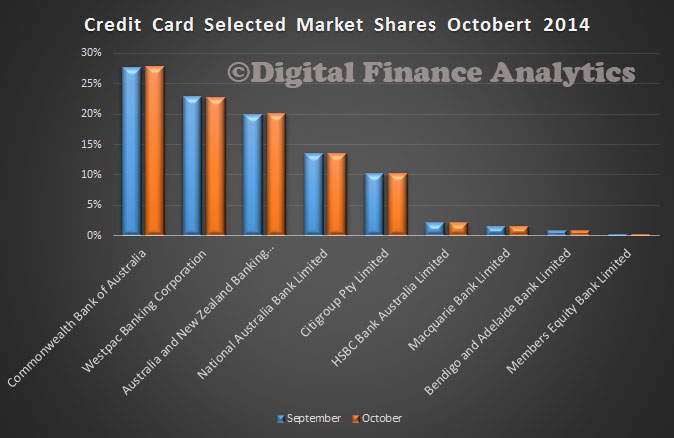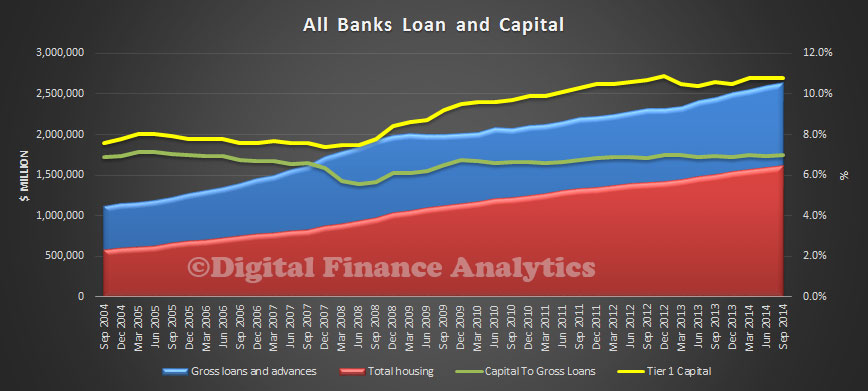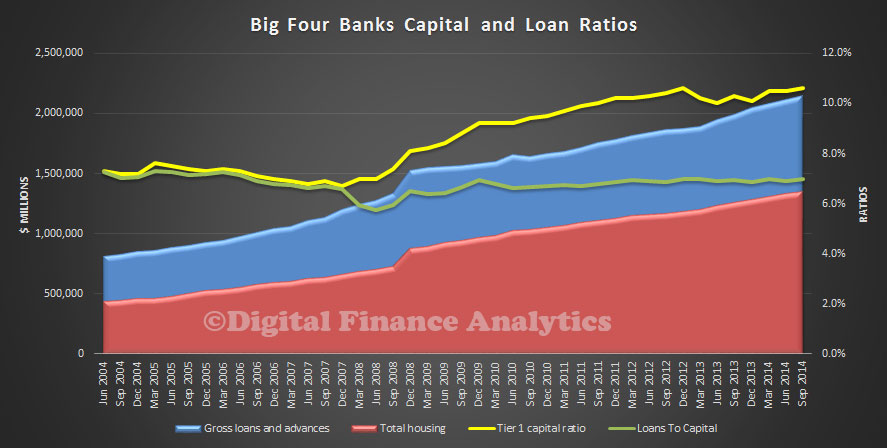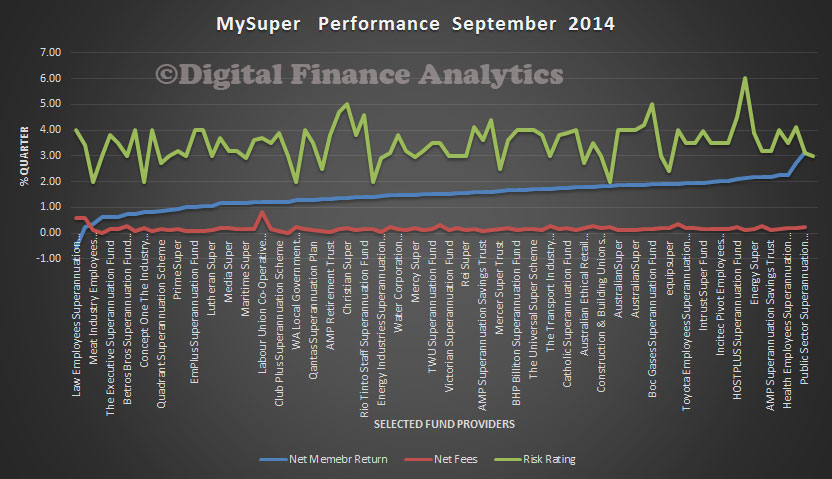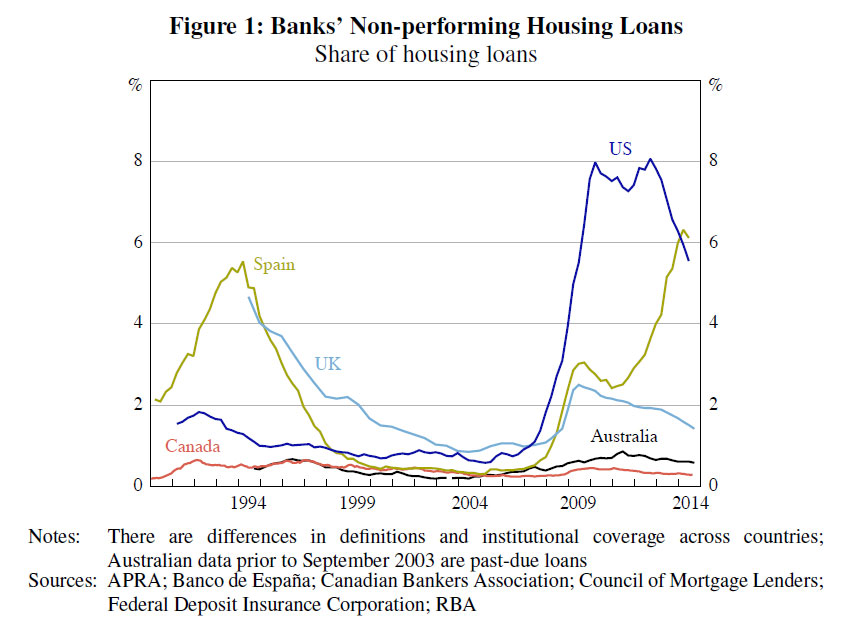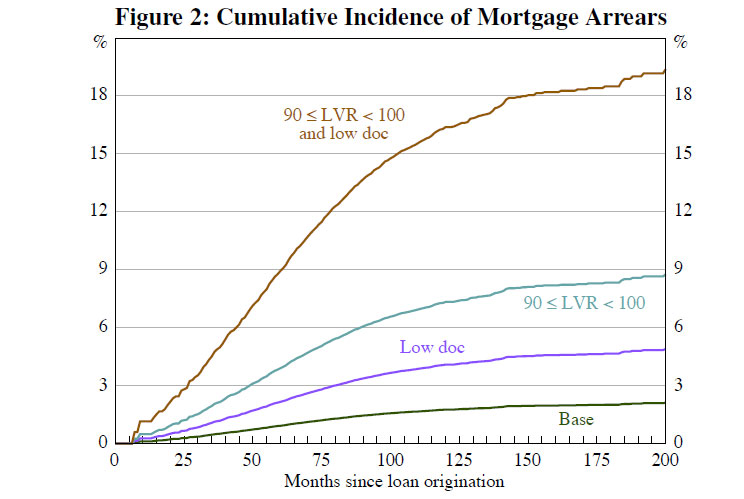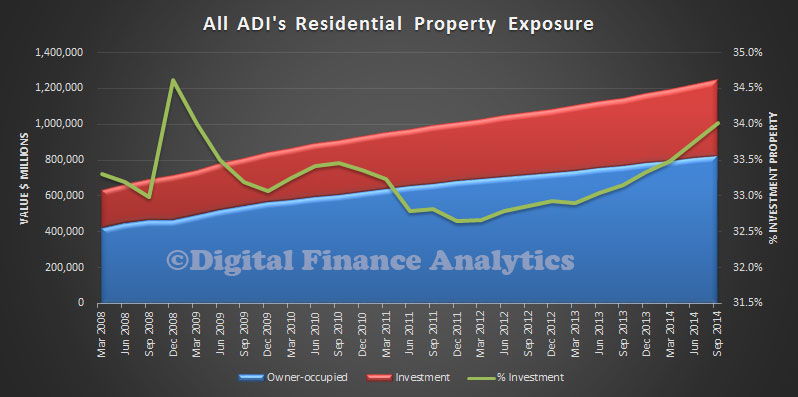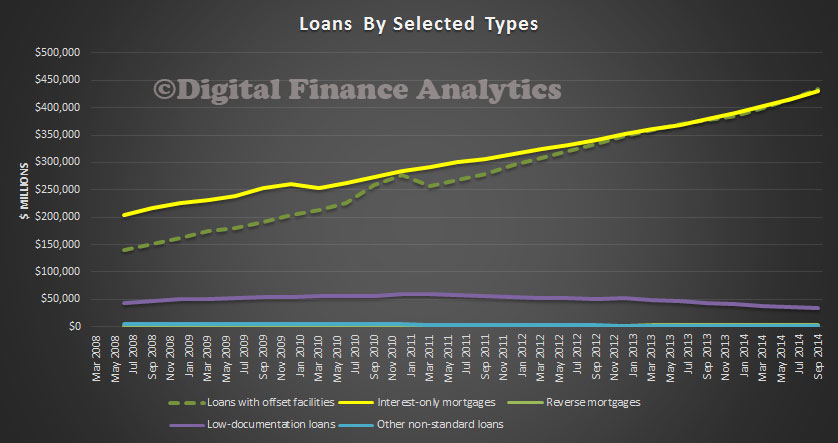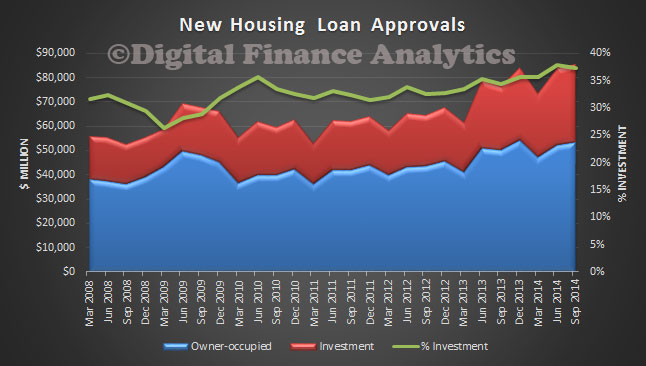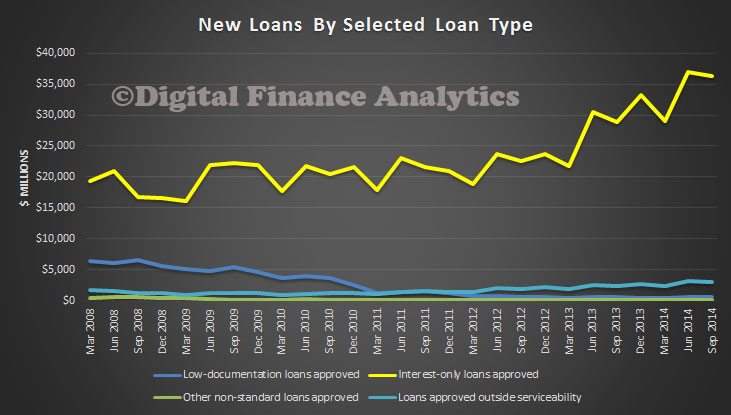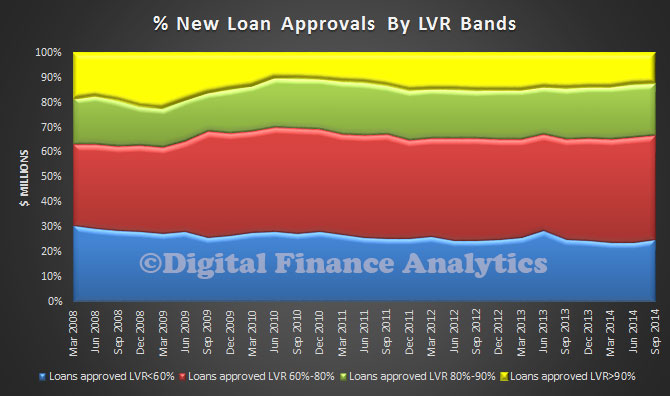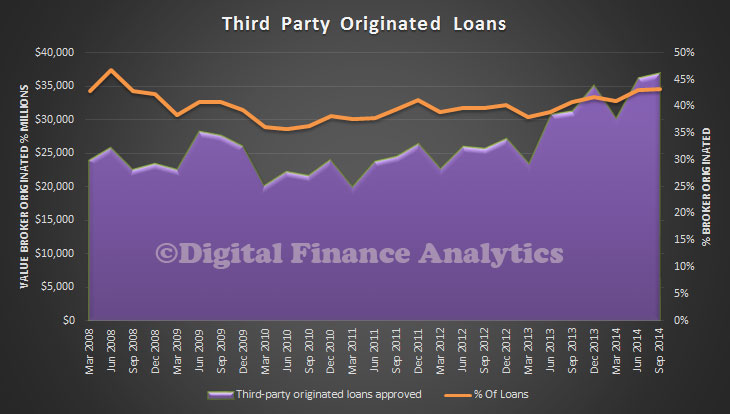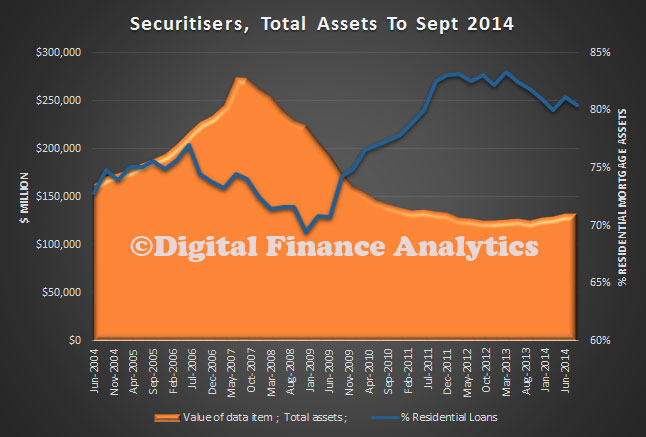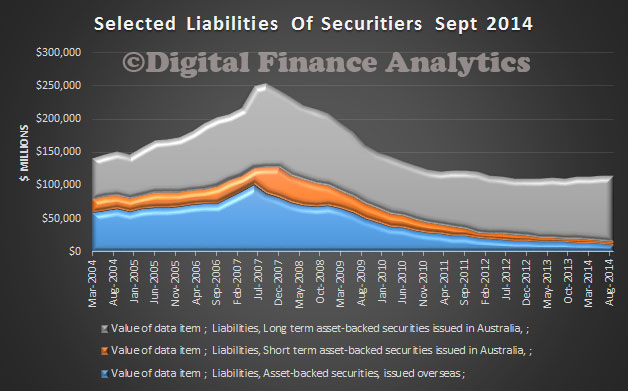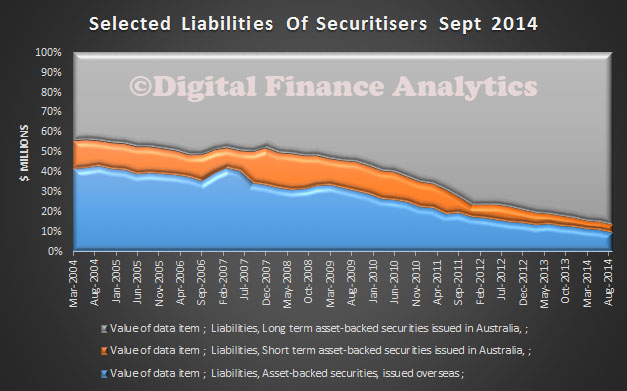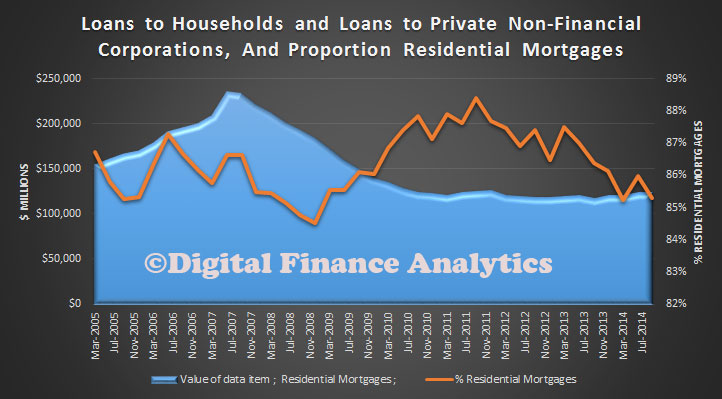The Treasury has released their proposals for an enhanced Financial Adviser Register for consultation. On 17 July 2014, the Government announced that it would establish an enhanced register of financial advisers, and on 24 October 2014, the Government announced details of the register’s content. Whilst the register is sound (we do not know how many advisers are operating in Australia), and the enhancements are appropriate given the issue of trust with respect to financial advice, DFA is of the view there are still significant gaps in relation to remuneration of advisers and potential conflicts. You can read our recent comments. In addition, further consideration needs to be given to how someone would find a suitable adviser. The MoneySmart Government website refers people to the professional associations, advice from friends and you can check the adviser or licensee’s name on ASIC Connect’s Professional Registers. However, currently advisers who are ’employee representatives’ will not appear on the register as their employer holds the AFSL. This is a muddled processes, and leaves consumers in the dark. More fundamental consideration needs to be given to this from a consumer perspective.
Turning to the current Exposure Draft, the Regulation proposes to make a number of amendments to the Corporations Regulation 2014 to:
- enable ASIC to establish and maintain a public register of financial advisers; and
- for Australian Financial Service licensees to collect and provide information to ASIC concerning financial advisers that operate under their licence.
A Consultation Note has also been developed to invite feedback from stakeholders on the key drafting issues, to ensure that the Regulation will implement the Government’s policy intent. This Consultation Note also includes: information on timing to enable the Register to be implemented by March 2015; and detail on the form lodgement fee increases necessary to fund the register. Submissions can be made to 17th December 2014.
Picking up on the background in the supporting papers, currently, a person who carries on financial services businesses must obtain and maintain an Australian Financial Services Licence (licence) with the Australian Securities and Investments Commission (ASIC). This person is referred to as a financial services licensee (licensee). Among other things, a person carries on a financial service business if they provide financial product advice. Currently, financial advice is classified under two categories. ‘Personal advice’ is financial product advice which takes into account the personal financial circumstances of the client. Any other financial product advice that does not take into account the client’s personal circumstances is termed ‘general advice.’ Individuals may provide financial product advice in a range of circumstances. They may be licensees themselves; or directors or employees of licensees. They may be non-director/non-employee representatives of licensees – these individuals are referred to as ‘authorised representatives’. In certain circumstances, an authorised representative can ‘sub-authorise’ another authorised representative to act on behalf of the licensee.
‘Representative’ is the overarching term used to describe authorised representatives, director representatives and employee representatives (including those that operate under a related body corporate of the licensee) and any other person acting on behalf of the licensee, that provide financial services under a licence. Responsibility for day-to-day supervision of representatives operating under a licence is devolved to licensees. Financial services licensees are not required to provide ASIC with certain information on director or employee representatives that operate under their licence. This may be contrasted with the requirements imposed on a licensee when it authorises a non-employee or non-director representative to act on its behalf. For these authorised representatives, licensees must lodge certain information with ASIC, and then ASIC must maintain a register of these individuals. Consequentially, there is no register that provides information to consumers, the financial advice industry, or ASIC regarding employee and director representatives of licensees. ASIC is currently only required to maintain public registers of licensees and authorised representatives of licensees. These registers provide information on a licensee or authorised representatives’:
- registration/licence number;
- licensee name/authorised representative name;
- address;
- start date of registration/licence;
- history of previous licensees (for authorised representatives only);
- status (whether the licensee/authorised representative is currently authorised); and
- details of any conditions or restrictions about the registration.
As ASIC currently maintains registers of licensees and authorised representatives, but not other representatives of licensees, the total number of financial advisers operating in Australia is not known. There is also limited information available about financial advisers who are director or employee representatives. This transparency gap means consumers cannot easily check whether a particular individual is authorised to give them financial advice, or look up other information that would be valuable to them when verifying the credentials and status of an individual adviser. This gap also means that ASIC has limited visibility of the natural persons providing personal advice on more complex products to retail clients, and is restricted in its ability to identify, track and monitor these individuals who move from licensee to licensee as employees or directors. As a result, this limits ASIC’s ability to take action against individual advisers over and above action that relates to the relevant licensee.
The proposed new law will require a register of all individuals who provide personal advice on more complex products to retail clients under a financial services licence will enable consumers to verify that their individual adviser is appropriately authorised to provide advice and find out more information about the adviser before receiving financial advice. A comprehensive register will also assist ASIC to a regulate advisers who move between licensees as well as enabling the financial advice industry to better protect itself from rogue financial advisers. The new register will be limited to those providing personal advice on more complex products to retail clients – focussing on the area where rogue advisers or ‘bad apples’ present the greatest risk to consumers. The new register will build from the existing registers, and also contain information informing consumers of an adviser’s experience, their recent work history, the eventual owner of licensee they work on behalf, as well as information about whether ASIC has banned, disqualified or obtained enforceable undertakings in relation to them. It is intended that the register will, in time, also contain educational qualifications and professional association membership information. This would require further amendments to the Principal Regulations. The benefits of the enhanced public register include:
- providing an easily accessible central record of the competency, employment history and misconduct of individual advisers;
- assisting ASIC in its compliance activities and ability to respond to problem advisers;
- assisting the industry itself to address risk where ‘bad apples’ are concerned; and
- providing broad support for industry efforts to improve professionalism of the industry.
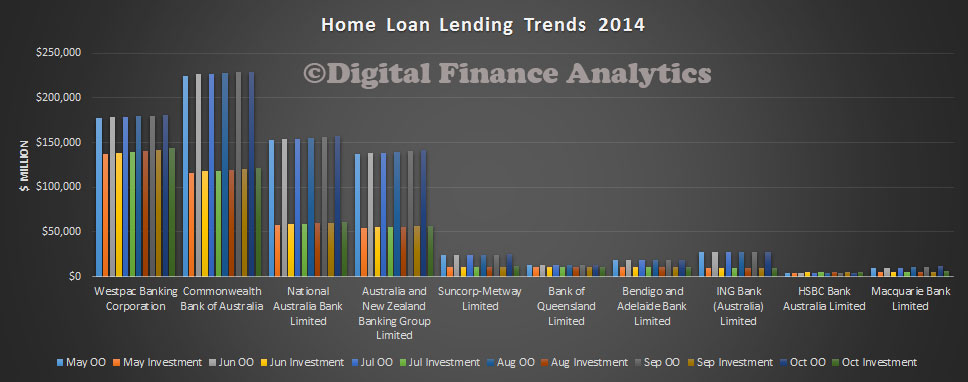 Westpac leads the pack on investment mortgage lending, with a 31.8% share, whilst CBA leads with owner occupied lending with 27.1% share.
Westpac leads the pack on investment mortgage lending, with a 31.8% share, whilst CBA leads with owner occupied lending with 27.1% share. Looking at the movements, only ING Bank recorded a fall in value in their portfolio. Macquarie grew the strongest. This relates to the $1.5 billion portfolio of non-branded mortgages they purchased from ING in September.
Looking at the movements, only ING Bank recorded a fall in value in their portfolio. Macquarie grew the strongest. This relates to the $1.5 billion portfolio of non-branded mortgages they purchased from ING in September.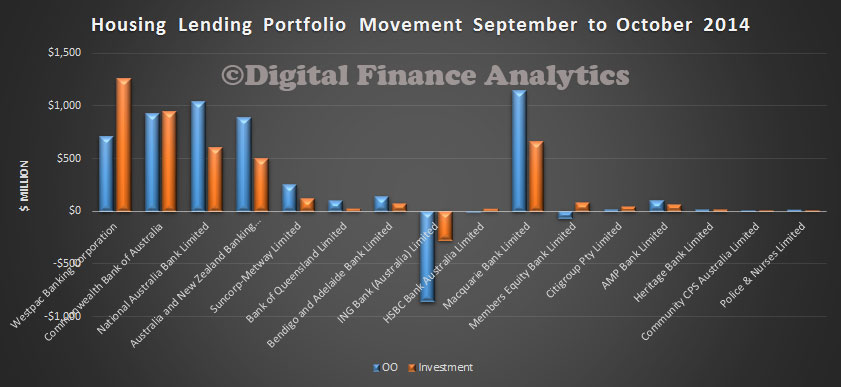 Looking in percentage terms, we see that Macquarie and AMP grew well above system, and ING below in October.
Looking in percentage terms, we see that Macquarie and AMP grew well above system, and ING below in October.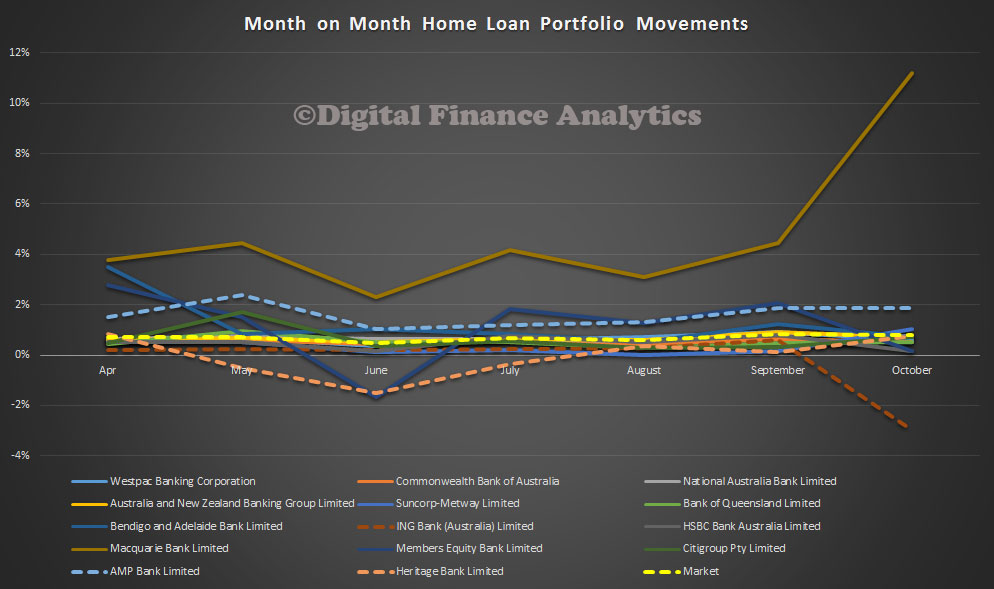 Turning to deposits, they fell by 0.06% in the month, to a value of $1.76 trillion. There was little movement between players, though given the growth in loans above, it is clear that wholesale funding is being accessed now, and this explains the continued fall in deposit interest rates.
Turning to deposits, they fell by 0.06% in the month, to a value of $1.76 trillion. There was little movement between players, though given the growth in loans above, it is clear that wholesale funding is being accessed now, and this explains the continued fall in deposit interest rates.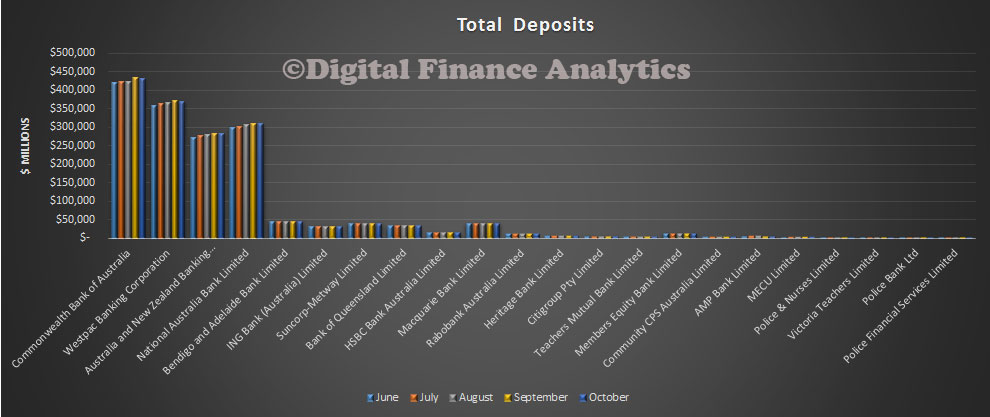 CBA maintains its position as the largest deposit holder, with 24.5% of the market.
CBA maintains its position as the largest deposit holder, with 24.5% of the market.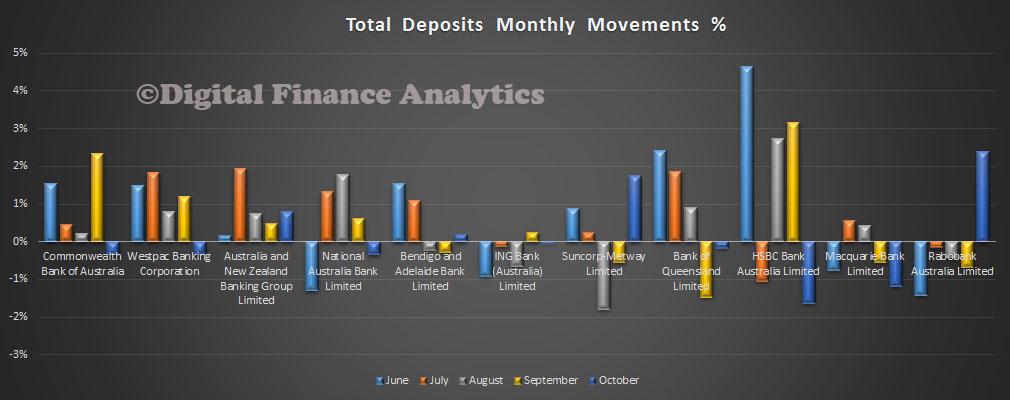 In cards, balances rose by about $50 million, to $40.4 billion.
In cards, balances rose by about $50 million, to $40.4 billion.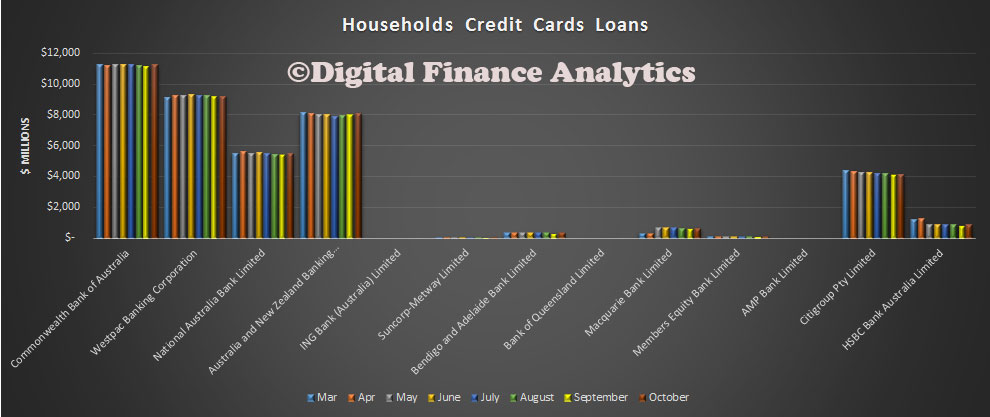 CBA continues to hold the largest cards share with 27.8% of the market.
CBA continues to hold the largest cards share with 27.8% of the market.

